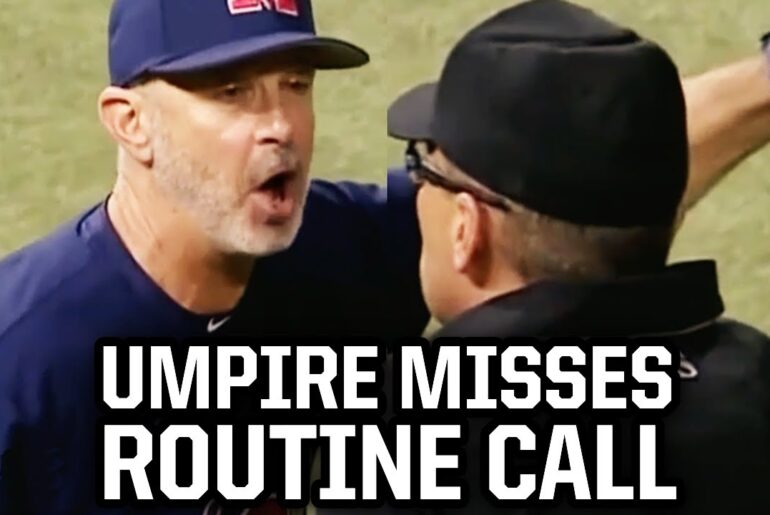In a recent baseball game, Bryce Harper, the star outfielder for the Philadelphia Phillies, found himself at the center of controversy due to what he perceived as an erroneous call by the umpire. This incident not only showcased the passion and frustration that can arise in professional sports but also highlighted the critical role that one single pitch can play in determining the course of a game. Let’s delve into the details of this incident and its broader implications for the game of baseball.
The Crucial 2-1 Pitch
The pivotal moment occurred in the top of the third inning, with the Phillies leading 4-0 and two outs on the board. Bryce Harper was at bat with an 0-1 count when the next pitch, a fastball, came in just outside the strike zone, evening the count at 1-1. Harper was in control of the at-bat, working the count to his advantage. The subsequent pitch was a curveball, and Harper wisely decided not to swing, making it a 2-1 count.
This 2-1 count is more significant than it might seem at first glance. According to MLB League splits for the year, after a 2-2 pitch, the average batting average drops to a mere .182, with a .293 on-base percentage and a .298 slugging percentage. However, after a three-and-one count (3-1), the numbers improve significantly, with a .252 batting average, a remarkable on-base percentage increase from .293 to .594, and a substantial boost in slugging. Therefore, the 2-1 pitch is the turning point in an at-bat, making it a make-or-break moment for both the batter and the pitcher.
The Impact on the Phillies
Taking a closer look at team statistics, we find that the Philadelphia Phillies rank 12th in MLB with a .604 OPS (On-base Plus Slugging) and a .308 on-base percentage after a 2-2 pitch. However, after a 3-1 pitch, they become the second-best team in baseball with a .302 batting average and an OPS of 1.195. This dramatic improvement underscores the significance of the 2-1 pitch in determining the team’s success.
Bryce Harper’s Performance
Now, let’s focus on Bryce Harper himself. After a 3-1 pitch, Harper excels with a .364 batting average and an astonishing .702 on-base percentage. In contrast, after a 2-2 pitch, his on-base percentage drops significantly to .278. This disparity demonstrates just how crucial an accurate call on the 2-1 pitch can be for a player of Harper’s caliber.
The Umpire’s Controversial Call
Returning to the game, after Harper wisely laid off a high fastball that was clearly out of the strike zone, the umpire, in a surprising turn of events, called it a strike. Harper’s reaction was one of disbelief and frustration, as he felt that the call had significantly altered the course of the at-bat. This disagreement led to Harper’s emotional outburst, which included throwing his bat and helmet in protest.
The Ejection and Harper’s Response
As Harper vehemently expressed his disagreement with the call, the umpire made the controversial decision to eject him from the game. Harper was incredulous and vocal about his displeasure, arguing that he had a right to express his frustration. In the heat of the moment, he even criticized the umpire, stating that he was \”soft\” and suggesting that he should reconsider his career as an umpire.
Conclusion
The incident involving Bryce Harper’s contentious ejection highlights the intense emotions and high stakes that are part and parcel of professional sports, particularly in a game as nuanced as baseball. The 2-1 pitch, often overlooked, can have a profound impact on the outcome of a game, making it a moment of tremendous importance for both players and fans alike. While Harper’s ejection may have been dramatic, it serves as a reminder that the integrity of the game and the role of the umpire are subjects of ongoing debate and scrutiny.
In the world of sports, as in life, a single decision can change the course of events, and Bryce Harper’s impassioned reaction is a testament to the passion and dedication that define the world of professional athletics. The controversy surrounding this incident will likely continue to spark conversations among fans, analysts, and players, underscoring the enduring allure and unpredictability of America’s pastime.



